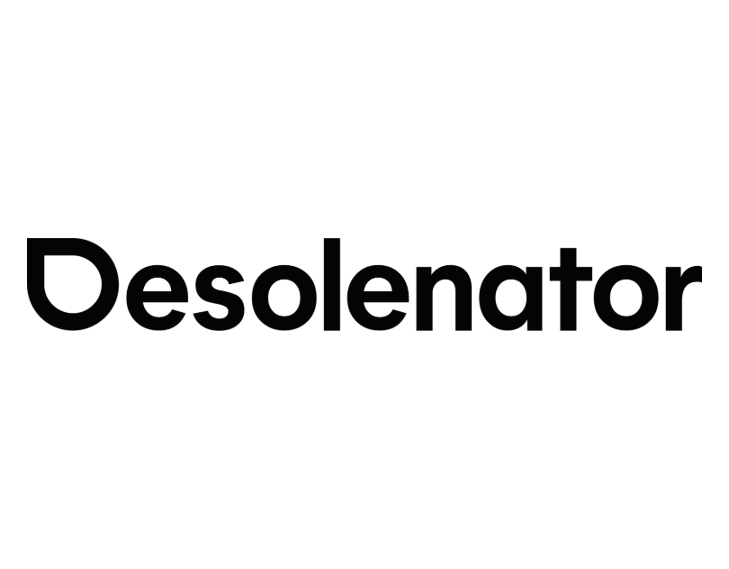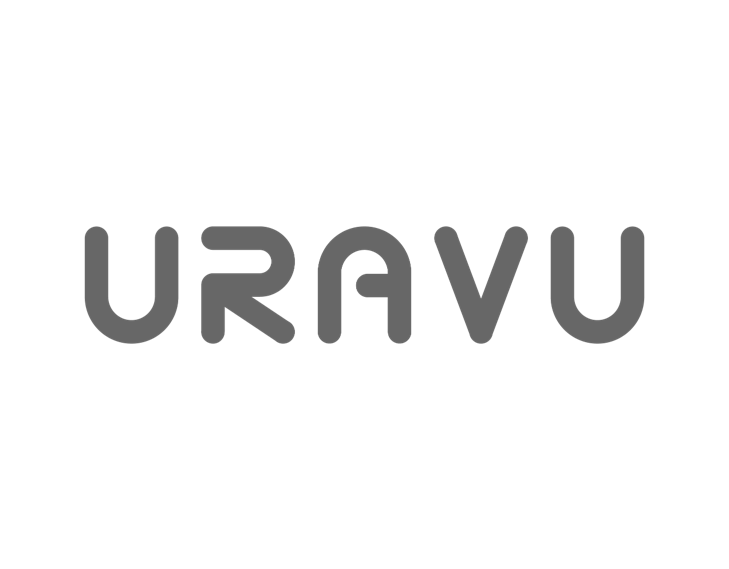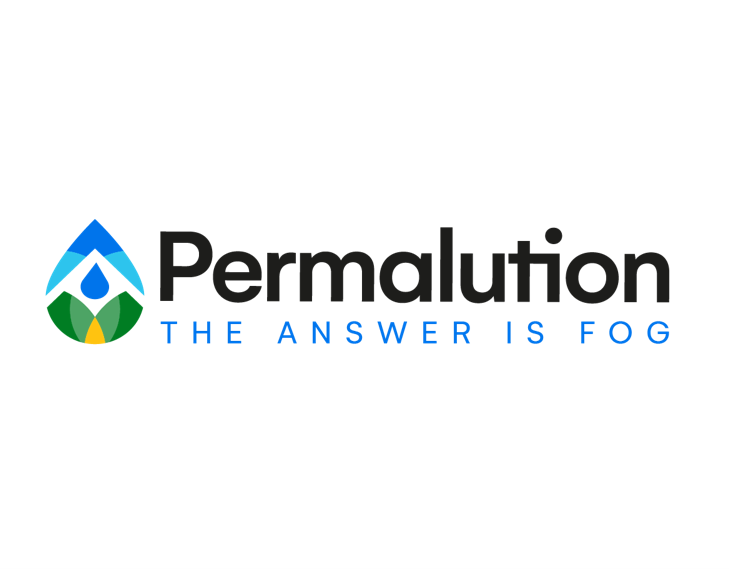123Fab #86
1 topic, 2 key figures, 3 startups to draw inspiration from

This 9 May, the COP15 against desertification opened in Abidjan, Côte d’Ivoire. The challenge is to take concrete action against land degradation and its harmful consequences for biodiversity and populations. Today, according to the UNCCD, more than 40% of the planet’s land is degraded, affecting half of humanity and threatening half of the world’s GDP, i.e. $44,000 billion. This is particularly due to the impacts of climate change and the increase in the number of disasters such as droughts causing aridity of the land and water scarcity. Ethiopia is currently experiencing the worst drought “ever”: in 18 months, no drop of rain has fallen. The African continent is not the only one affected: while North America is experiencing an unprecedented drought, the worst episode recorded in 1,200 years, in the south of the continent, Chile is preparing for water rationing. The worst is also to be feared in France as several regions are also experiencing historic droughts.
These droughts are a big problem for communities, especially in terms of access to water for the population, agriculture, the surrounding fauna and flora, and the damage that can be caused. To mitigate the risks of water scarcity, various levers have been tested around the world. Beyond a better distribution of water sources, with the creation of aqueducts, wells, aqueducts, or dams, some communities try to avoid evaporation of stored water. In 2015, in California, the water company Las Virgenes Water District poured as many as 96 million shade balls filled with water and air to reduce water evaporation by 85-90%. Following this initiative, start-ups have taken up this technology, such as Neotop Water Systems, which has developed “TopUp Ball”, a modular cover for water reservoirs that allows for significant reduction of evaporation while cooling the water, maintaining high quality and reducing the growth of algae. In addition, another lever mobilized is that of education, particularly for water-intensive activities, in more rational and sustainable use of water. In agriculture, which uses more than 70% of the available freshwater in most parts of the world, precise irrigation consists of having water brought right to the roots of the plants, exactly when the plants need it, and in just the right quantity they need. Smart irrigation, which uses weather data or soil moisture data to determine the irrigation need is also in vogue and has raised over $155 million in investment according to Tracxn.
Other initiatives focus on increasing existing freshwater resources:
- Desalination: It has been widely developed since the 1960s. More than 15,000 plants are producing desalinated water today, most in the Middle East and North Africa—the largest is in Saudi Arabia. But desalination is still very energy-intensive, although it is increasingly powered by renewable or recovered energy, and it represents a real danger for marine life and oceans, in particular, because of the very large discharges of brine.
- Wastewater filtration: Since the 1990s, some start-ups have been trying to address this market by offering filtered water quickly, cheaply, and without harming the environment. This is the case of Desolenator, which has developed a technology that uses the sun and seawater to produce high-quality drinking water from any source at a cost of less than $1 per cubic metre.
- Water from air: More than 50 companies are providing solutions to extract water from the air according to Tracxn. India-based startup Uravu Labs has developed the Aquapanel solution, based on solar thermal. It produces drinking water by absorbing water vapour at night when humidity levels are generally higher. Then, during the day, the solar collector heats the unit to 176-212 degrees Fahrenheit, which then releases the water vapour, which passes through an air-cooled condenser, eventually turning into liquid. A similar system, WEDEW, from the Skysource/Skywater Alliance partnership, won the XPRIZE Water Abundance award. The solution cools hot air through a biomass gasifier and stores the resulting condensation in a tank, which can then be accessed via a tap. It can harvest enough water from the air for 100 people per day.
- Fog water harvesting: It provides an alternative source of freshwater through a technique used to capture water from wind-driven fog. This strategy has been developed by the Canadian-Mexican start-up Permalution, which has created a solution based on biomimicry that makes it possible to harvest between 150 and 400 litres of water per day, i.e. 3 bathtubs, thanks to fog and while respecting the environment. In particular, it has helped save orchids from the brink of extinction as part of a forest fire mitigation strategy.
- Other sources of water such as clouds and icebergs are used on a small scale to alleviate the risks and problems associated with water shortages in the world.
Global warming is acting as a catalyst for droughts and water scarcity, which are becoming more severe and more frequent in all parts of the world. The consequences are noticeable, and many initiatives are being developed under the impulse of private companies, governments but also startups. Although they propose solutions to prevent or alleviate droughts in part, it seems that only a reduction in global emissions as well as a more reasoned consumption of water, particularly within industries, would make it possible to limit their future consequences.
2 Key Figures
The smart water management market size is expected to reach $23.46 billion, rising at a market growth of 10.4% CAGR between 2021-2027.
Business Wire
+$210M of funding in water management
Traxcn
3 startups to draw inspiration from

Desolenator
The UK startup has developed a water purifying device intended to purify water from any source. The company’s purifying device utilizes solar radiation to turn salt and contaminated water into pure drinking water, enabling people in coastal and water-stressed areas to become water independent.

Uravu Labs
The Indian startup has developed a technology to convert atmospheric moisture into usable water. The system is built with only a few components: the proprietary hygroscopic material that absorbs and stores water vapour from the air and a solar collector – similar to solar water heaters – that rapidly heats the vapour, which then turns into water when cooled.

Permalution
Created in 2020, the Canadian-Mexican start-up has developed a fog water harvesting technology that can capture from 150-400 liters of water per day, which can support a family of 4-6. It has also developed a water radar, which goes hand in hand with the technology. It is a passive solution and it does not alter ecosystems.
Interested in a startup landscape or in an insights report?
Please fill out our contact form so that we can get back to you very quickly with our product offer.
Want to subscribe to our 123Fab?
Fill out our form to receive the latest insights into your inbox.

